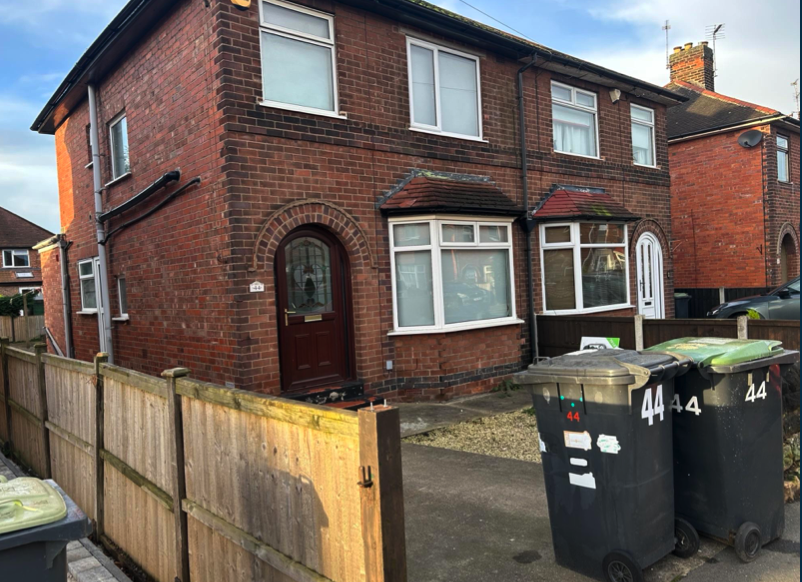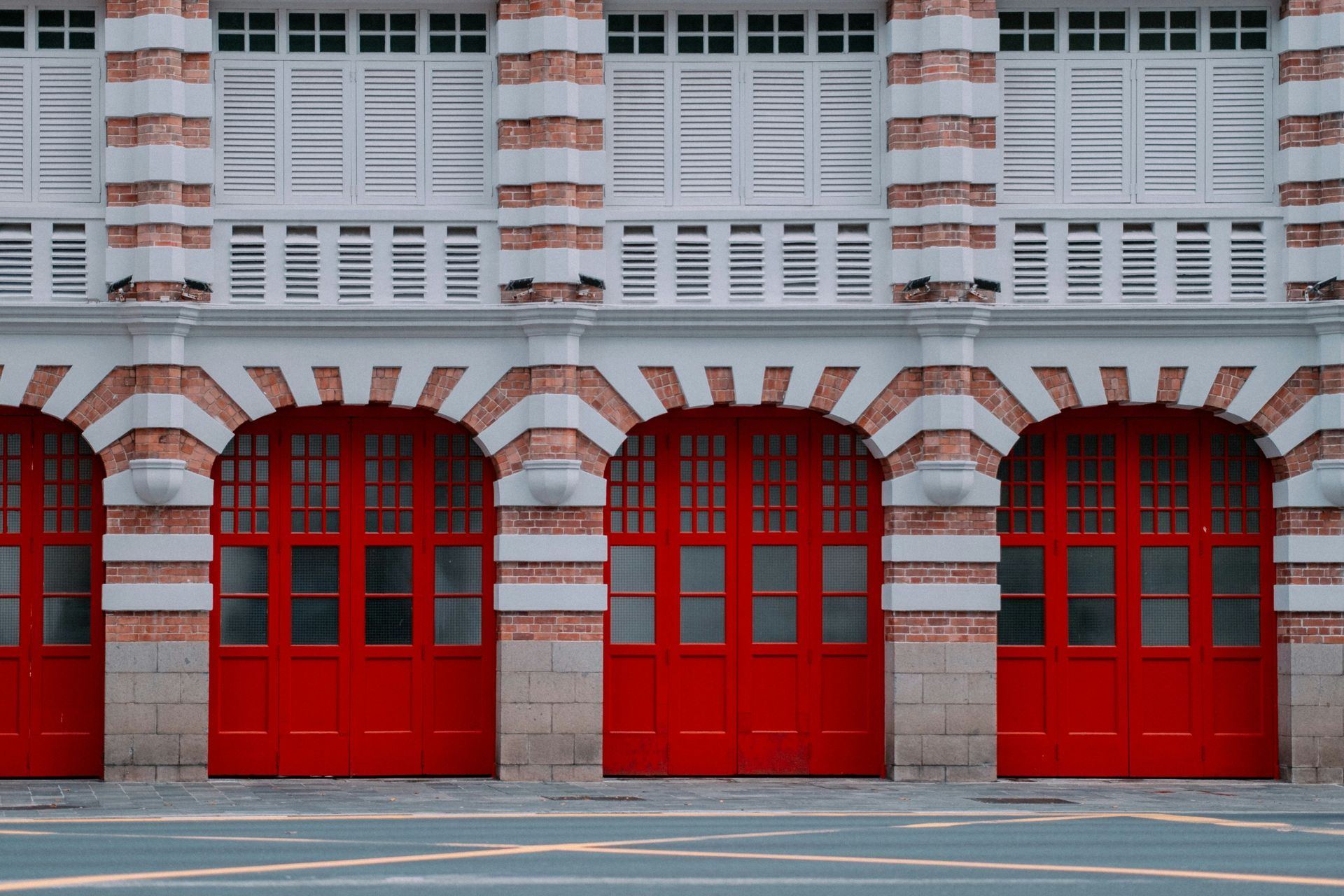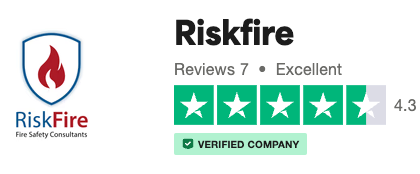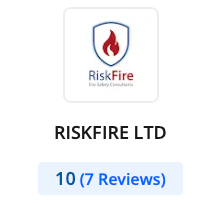What Are The Regulations For a Fire Risk Assessment?
What is a fire risk assessment?
A fire risk assessment involves a comprehensive inspection of your property, including the outside and interior, with the goal of identifying any potential fire hazards or concerns. The main goal is to eliminate these hazards or reduce them to a level that complies with safety and regulatory requirements, making sure your property has the necessary fire safety measures in place.
The “Responsible Person” for fire safety is someone who works for an employer, owns, rents, occupies, or has jurisdiction over non-domestic properties. This includes positions like managing agents, risk assessors, building managers, and facilities managers.
What Are The Regulations For a Fire Risk Assessment?
The Regulatory Reform (Fire Safety) Order 2005 (commonly known as the Fire Safety Act) regulates fire risk assessment and covers all non-residential premises in England and Wales, including public buildings and workplaces, except for some remote locations and boats.
1. Who?: Usually the landlord, employer, landlord or tenant will be responsible for carrying out fire risk assessments and ensuring fire prevention is followed.
2. Hazard Analysis: The inspector must identify the sources of fuel, electrical and electronic equipment present on the property.
3. Risk assessment: It is necessary to assess the risks associated with fire, such as the occurrence of fire and its possible impact on and around property.
4. Fire Safety Measures: As a risk assessment, necessary safety measures such as emergency lighting, fire extinguishers, evacuation procedures, fire detectors and alarms should be followed.
5. Emergency Action Plan: An emergency plan needs to be created that shows how to resolve electrical problems, including assembly points, escape routes, and communications.
6. Training and information: Workers must receive adequate fire safety training and be knowledgeable about hazards and fire prevention and firefighting procedures.
7. Review and update: In the event of significant changes to the area or its use, the fire risk should be reviewed regularly and updated where necessary.
Failure to comply with fire safety regulations may result in legal penalties such as fines or imprisonment. To protect the safety of tenants and guests on their properties, doormen need to know and follow these rules.
Contact us below and get your free quote!
We will get back to you as soon as possible.
Please try again later.
